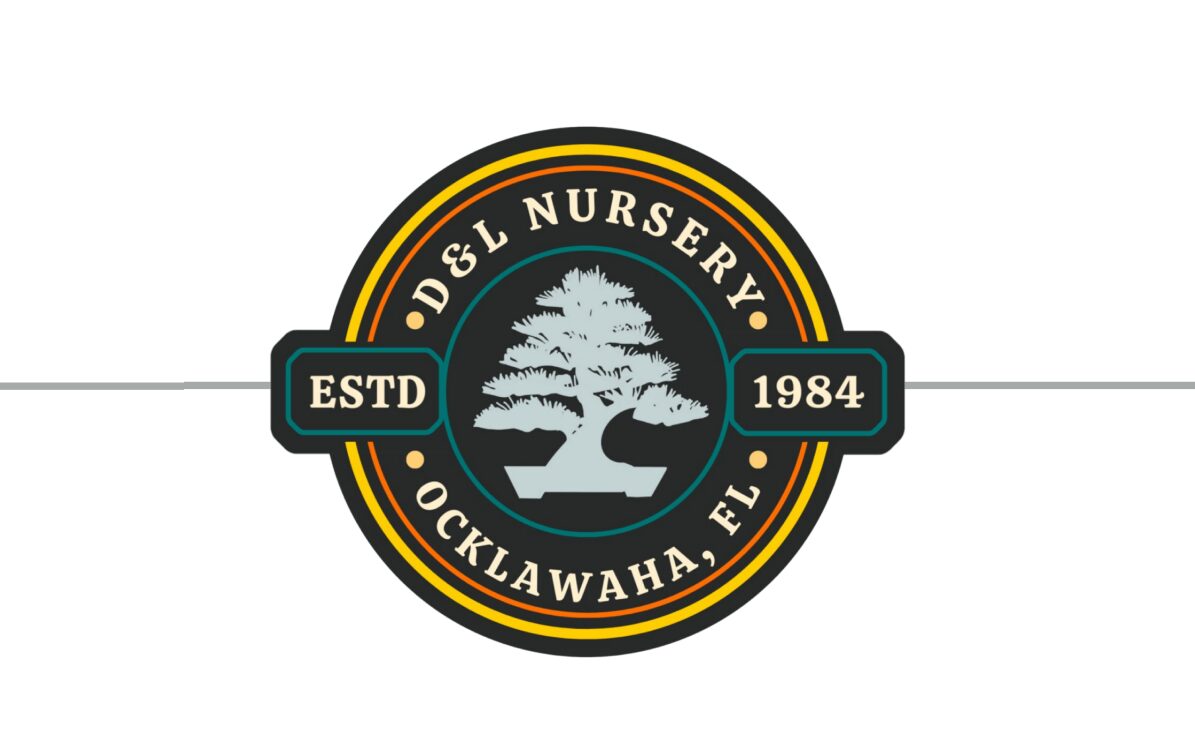Common Name: Buttonwood
Scientific Name: Conocarpus erectus
Characteristics
- Bark – light brown to gray / smooth or fissured or scale-like depending on age
- Branches – brittle with age / deadwood with or without live veins of varying amounts / structure is dependent on environmental conditions
- Leaves – alternate / oblong / simple / medium green
- Flowers – small round clusters / green
- Fruit – small round / reddish purple / not edible
Growing Conditions
- Air – good air circulation / humid environment
- Sun – morning to midday sun is best / good sun promotes smaller leaves
- Water – moist not wet / morning to midday is best / new leaves increase transpiration
Maintenance
- Roots – Repotting is best when night temperatures are consistently above 70 degrees. *For best results only do root work when the buttonwood’s soil has dried down. The amount of water in the soil adds weight and can easily tear feeder roots from the tree, causing death in a weak tree or dieback in a healthy tree. Well-draining soil. Protect from sun for 2 weeks after root pruning.
- Trunk – Properly clean and protect large cuts from moisture as cuts can be slow and/or difficult to heal. Watch for wire scarring. Healthy trees can be heavily reduced. Best to keep deadwood and bark free of water for best preservation and patina. *See propagation.
- Branches – Branches become more brittle and difficult to bend with age. Use wire to set initial primary and/or secondary branch structure where applicable. Watch for wire scarring. The clip-n-grow technique is well utilized. Properly clean and protect large cuts from moisture. Healthy trees can be heavily pruned. Protect from sun for 2 weeks after heavy branch pruning. *See propagation.
- Leaves / Flowers – Leaf size can be controlled by root maturation and pinching new leaf tips. Defoliation is not necessary but can be utilized on mature healthy specimen. Partial defoliation during the growing season can increase airflow, visual design, and reduce predatory insects and fungus. Watch for insects and related fungus on new stem growth.
Hardiness: tropical evergreen / zone 10 – 11 / protect below 50 degrees
Propagation: Cuttings and air-layers are reliable. Night temperatures must be consistently over 70 degrees for best results. *Most buttonwood used in bonsai are collected specimen. If reducing a collected buttonwood - root removed branches or replant removed roots to create smaller specimen as opposed to disposing of or wasting a native Florida species with limited collected specimen availability.
Potential Issues
- Insects – aphids / thrips / borers
- Fungus – sooty mold on leaves and branches caused by aphids /root fungus can occur because of poor soil or drainage.
Additional varieties used in bonsai: Silver Buttonwood | Conocarpus erectus var. sericea
*NOTES – Outside Only. Not a mangrove. Florida and Caribbean native. *Treat with respect as this species is special. It is one of few tropical bonsai with a level of lignified tissue that results in deadwood comparable to that of a specimen juniper. -Mary Madison is watching-



